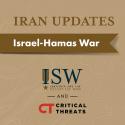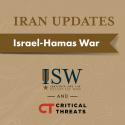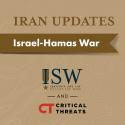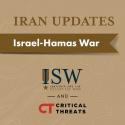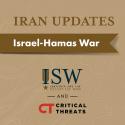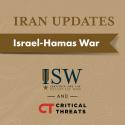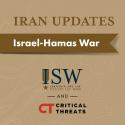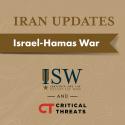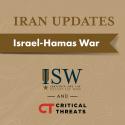Iran Update, February 7, 2024
Feb 7, 2024 - ISW Press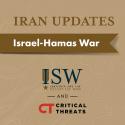
US Central Command (CENTCOM) killed a senior Kataib Hezbollah commander on February 7 who planned and participated in attacks targeting US forces in the region. CENTCOM said the strike was in response to the Islamic Resistance in Iraq’s drone attack on January 28 that killed three US servicemembers in Jordan. Local Iraqi media reported that the US airstrike hit a vehicle and killed three of its occupants in Mashtal, eastern Baghdad. Two Kataib Hezbollah commanders, Wissam Mohammed Saber al Saadi and Arkan Aleaoui, were in the vehicle. The Associated Press cited ”two officials with Iranian-backed militias in Iraq” who claimed that Saadi oversaw KH operations in Syria. An Iraqi journalist identified Aleaoui as a KH field commander. Harakat Hezbollah al Nujaba said on February 7 that it will retaliate for the US strike in Baghdad if the Iraqi government does not immediately remove US forces from Iraq.


